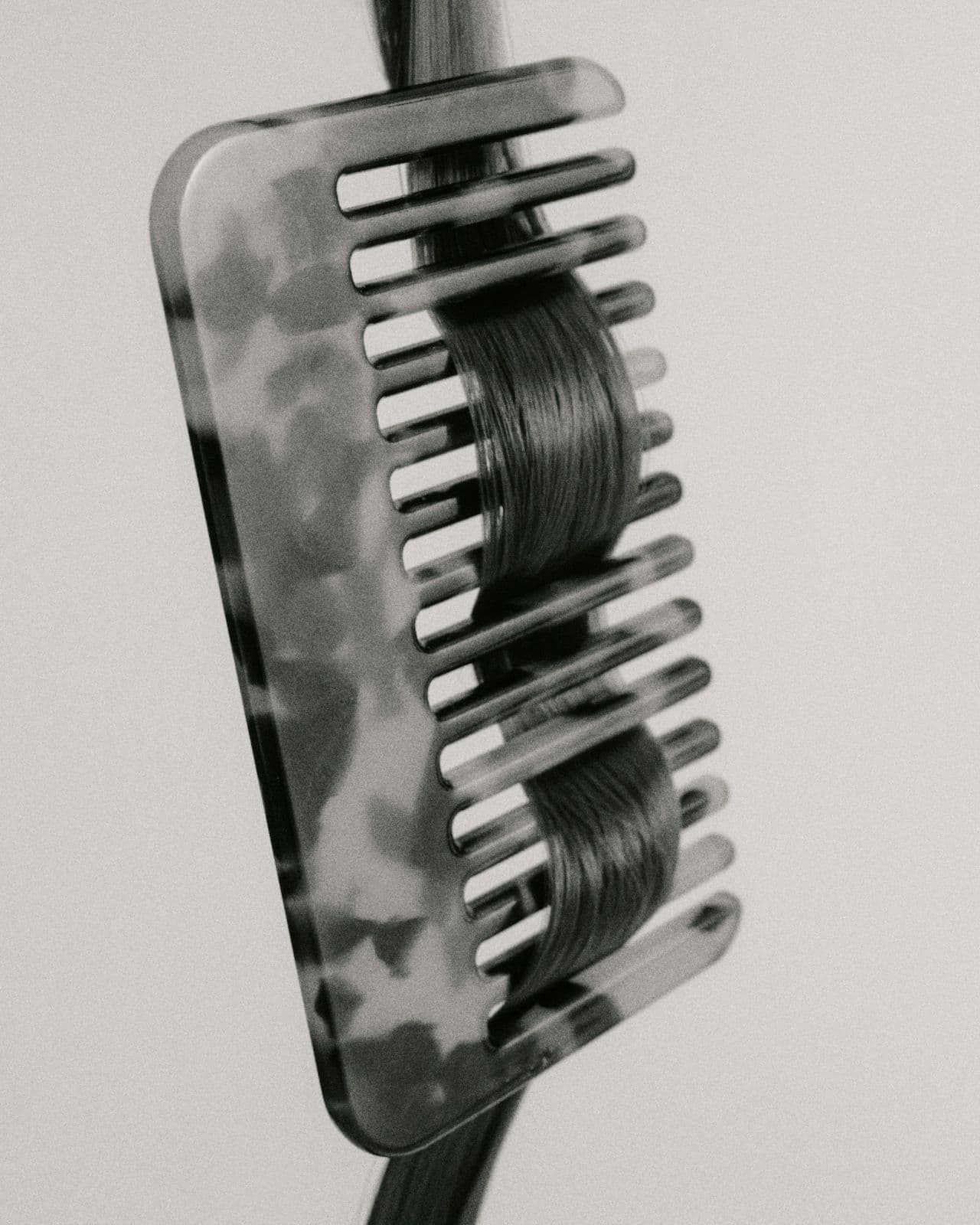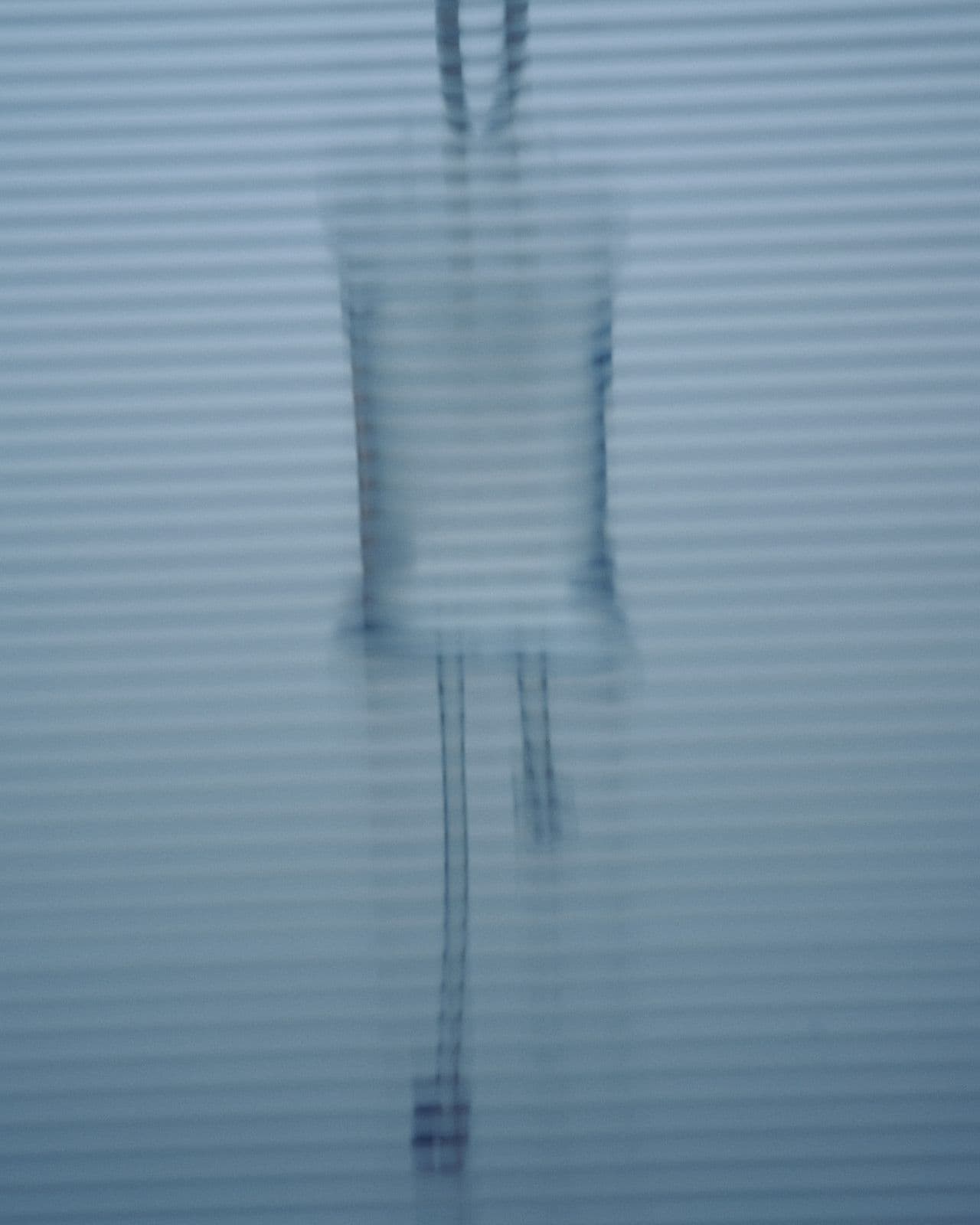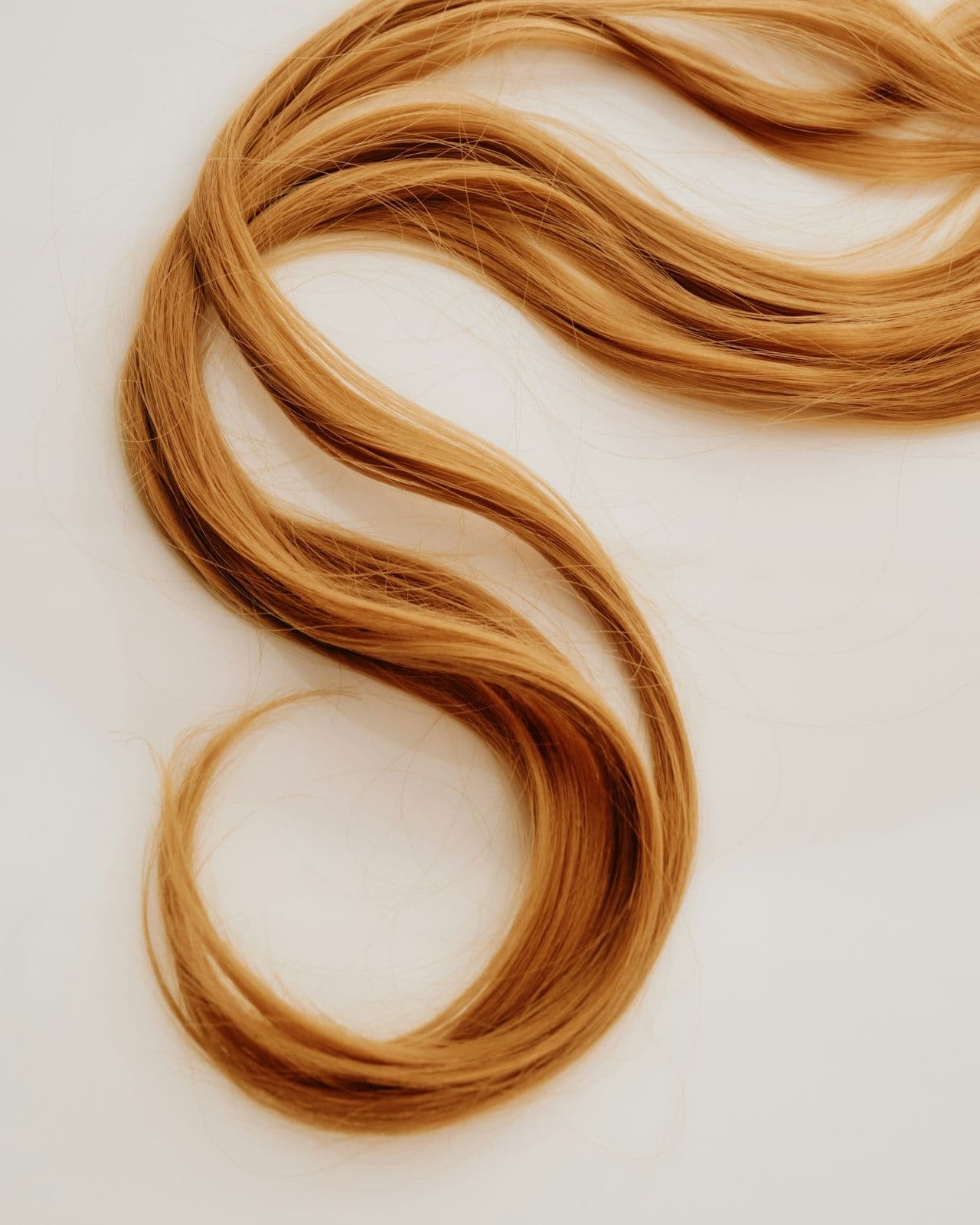
Dr. Jonathan Leventhal
Dr. Jonathan Leventhal is the director of the Onco-Dermatology Program at Smilow Cancer Hospital at Yale New Haven.
Dr. Jonathan Leventhal is the director of the Onco-Dermatology Program at Smilow Cancer Hospital at Yale New Haven. He’s an oncology dermatologist (dermatologists who specifically address side effects from cancer treatment). The work he does often focuses on people’s most visible signs of treatment–and often some of the changes they find the most distressing during treatment. Some of the very common side effects–like nails full lifting off from their beds–can seem like true body horror. He’s seen it all and says that it’s very gratifying to work with people during cancer treatment, and really help their quality of life.
In his Q&A with Jadey, he outlines what to expect from your skin, nails, scars, and hair from the start of treatment to recovery–and how to care for yourself at this vulnerable time.
On Hair & Chemo
Q:
What can people doing chemotherapy expect for hair changes?
A:
When chemotherapy starts, usually after a couple treatments, patients start to lose their hair. It all kind of suddenly starts to shed. Many will also have loss of their eyebrows and eyelashes and body hair.
Several months [after the] chemotherapy is out of your system, the hair slowly, gradually starts to regrow. It can take over a year to fully come back. And in a majority of patients, they see full regrowth. But we still see a lot of patients that have persistent hair changes, so the hair grows back thinner, or with different texture and a different color. A lot of patients tell me that after chemotherapy, their hair came back a lot curly or wavier and lighter in color.
We can treat persistent chemotherapy alopecia with medicines to promote hair growth, usually topical minoxidil, which is over-the-counter, or low dose oral minoxidil, if the patient doesn't have any medical contraindications. It can help a lot. Fortunately, most patients have full hair regrowth after their treatment.
Q:
Is lighter hair more common?
A:
Anecdotally, patients will tell me that the hair often comes back lighter or grayer, but I think that's anecdotal— but it is common for many patients to say that the hair color and texture is different after chemo.
On Skin & Chemo
Q:
What can people expect from skin changes during chemotherapy?
A:
The most common thing I see from chemo is dry skin and rashes, especially ones that are painful on the hands and the feet. There are many things we can do to prevent these rashes. Just like the cold cryotherapy, cold scalp or Paxman device can help to prevent hair loss from chemo, we can cool off the hands and the feet to help prevent the chemo rash on the hands and feet. This can also help prevent the nail changes, as well as neuropathy. I always encourage my patients to do cold therapy to help mitigate the rash, because prevention is amazing.
Regarding treatment, we often use topical steroids and other medications. There are antioxidants that we use that we started using for chemotherapy rashes, like high dose vitamin D.
Q:
What’s the deal with shaving during chemotherapy?
A:
This actually comes into play with a lot of things, chemotherapy and radiation. Radiation is often for the breast, patients ask if they can shave their armpit. Patients are on chemo and their skin is very dry and maybe they have rashes: can they shave their legs if there’s a rash? When patients start losing their hair, they might want to get rid of the rest of it: can they shave it?
The short answer is: Yes, they can. But they need to do so in a way that's not going to irritate their skin. So I'll say shaving is fine when you're undergoing treatment, but you should really try to avoid shaving if your skin is very irritated and inflamed with rashes. Try shaving with gentle techniques, like putting on a shaving cream or lotion after to keep the skin not irritated and moist, avoid using harsh soaps or fragrances on your skin when it gets irritated.
If the skin is irritated or infected or inflamed, we generally say to avoid shaving the area, because it can further the irritation. There is also a small risk, they can get a trauma to their skin and a small skin infection.
That was a big myth many years ago: if you're getting radiation, don't do anything, don't put soap and water, don't shave—and that's not true. You can certainly take showers and baths using gentle, fragrance free soaps and shampoos.
Q:
What are the ingredients for gentle soaps or skincare products to look for?
A:
Ointments or creams tend to work better than solutions and gels, because those can be very irritating. They have more alcohol base in them. Things that have a petroleum base are great if the skin is really dry and cracked. Ceramides are good.
On Nails & Chemo
Q:
First can you tell us what happens to the nails during chemotherapy?
A:
It depends on the type of treatment. For, let’s call it, classical chemo, they can develop paranicea, nail infections and onycholysis, which is lifting up of a nail. That's the most common. And after the nail lifts there's usually some bleeding or hemorrhage.
Nail changes really impact quality of life. Especially for younger, middle aged women, nails are super important. They're important functionally. They're important cosmetically. Targeted chemo also causes a lot of nail changes.
These nail changes can be incredibly painful. If the nail falls off, the first thing you want to do is wound care. So treat the nails with appropriate topical medicines, topical antibiotics, or oral antibiotics if they're really severe. When the nail plate falls off, there's an under nail, so it's not like it's completely open and raw. But the nails can take a very long time to grow back.
Q:
How long does it take, typically?
A:
Nail changes can persist for even over a year [after treatment]. The nails grow very slowly, sometimes a year and a half to two years even for the nails to grow back normally. I even have some patients that say their nails are always more brittle and fragile–or thickened.
Q:
Are there safe or recommended products to encourage regrowth?
A:
The data is not great. I know some patients like to use over-the-counter supplements, and these can include things like B vitamins or biotin, or collagen to promote healthy nails. But the data is not great.
Probably what works the best is treating a nail infection medically with the appropriate medicines, antiseptic soaps, antibiotics, and appropriate ointments. Gentle nail care is really important. I have a lot of discussions with patients when they have nail problems not to over wash with harsh soap and water. Moisturizing your nails is really important–just like we moisturize our skin, moisturize the nails.
Soaking the nails can be really helpful. Patients can do diluted vinegar soaps, diluted bleach soaps, like bleach baths. Some patients like to use Epsom salt soaps. These can help with the pain.
Q:
Do you discourage your patients from taking these supplements, which may not help— but also may not hurt.
A:
I don't steer them away unless there's a medical reason. Biotin supplements can interfere with lab tests, like thyroid function tests, leading to inaccurate results, but I think there's no known harm. I'm fine with patients taking vitamins and supplements, if they feel like it is doing something proactive.
[Editor’s note: always check with your doctor about new supplements because they can interfere with your treatment.]
On Radiation
Q:
What are the things to look out for with radiation and the skin?
A:
Everybody who does radiation will have acute radiation dermatitis. They will have some extent of redness on their skin. A majority of patients, like 95% will develop a low grade radiation dermatitis, where the area that's treated will get red. Sometimes it will get scaly. And then in a minority of patients, over time, the radiation dermatitis can get even more extensive with blistering of the skin and moist desquamation [peeling].
Things that can be done during treatment: We know that medium potency topical steroids applied during radiation treatment up until two weeks after, can reduce the severity of the radiation dermatitis. Moisturizers, bland emollients, like ones that are petroleum-based are great. Sun protection and keeping the areas that are radiated from getting sun exposure can help. You certainly don't want to get a sunburn. And then just gentle skin care: fragrance free soaps. This can all help mitigate the severity of the radiation dermatitis.
After radiation, months later, some patients develop chronic radiation changes, and this can include changing of pigmentation of the skin, usually hyper-pigmented or darker skin, but also can be hypo-pigmented, or broken blood vessels in the skin known as telangiectasias. These are very common, and these are harder to treat. The treatments depend on what's going on. If there's pigment changes, there are lasers that are available. There's also some medications we use. Many times, patients who have chronic radiation changes just have very dry skin in the area, or they develop eczema, and so we can certainly treat that with moisturizers and topical steroids and other topical medicines.
Q:
What about skin with more melanin? Post-treatment pigmentation is more likely, yes?
A:
Yes, so that's hard. Women who have darker skin tones definitely have more melanin in their skin—and they are more likely to have post-inflammatory hyperpigmentation, because basically, they have more cells in the skin that create pigment. So pigment changes are more of a problem in patients with darker skin tones.
It can be hard to treat. Fortunately, over time, the hyperpigmentation does improve. It takes a very long time, often years. There are a few techniques that we do use in patients who have darker skin types if they have persistent hyperpigmentation. One is a topical lightning cream. They need to be done appropriately as prescribed, because there are side effects for those creams, including irritation of the skin and paradoxical darkening. There are laser therapies that can help with hyperpigmentation. These really need to be done by experienced dermatologists that are aware of the potential harm of laser therapy in patients with darker skin. But oftentimes it does fade over time.
On Scar Care
Q:
What do you recommend for scar care?
A:
Scarring can happen, especially in patients with skin of color, but any patient can have scarring. The most common scars we see are surgical scars and port site scarring or chemotherapy extravasation can lead to scarring. I think many surgeons say that there's some evidence that silicone gel sheets can help healing surgical wounds, and so I'm all for it. After healing, to treat enlarged scarring, we use steroid injections to help. And then sometimes patients could benefit from laser therapy.
On Other Treatments (Immunotherapy and Targeted Therapy)
Q:
For other treatments, are there changes to skin, nails, hair, to be aware of?
A:
There are a lot of new treatments coming up the pipeline for cancer, and these often involve targeted therapy as well as immunotherapy—and we are seeing a lot of rashes in these patients. And with immunotherapy, we're seeing a lot of autoimmune skin conditions flare up or new onset develop—like psoriasis or eczema.
The role of the dermatologist is really important as part of a multidisciplinary oncologic team. Involving dermatology certainly improves patient outcomes. It's really gratifying to work with a population that needs our help.









